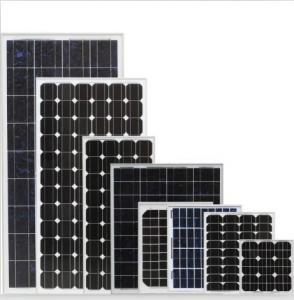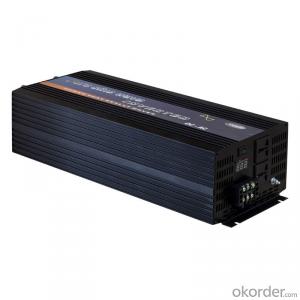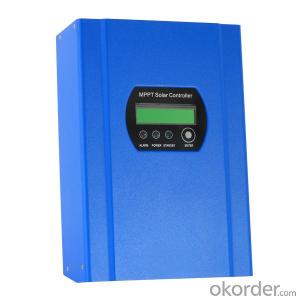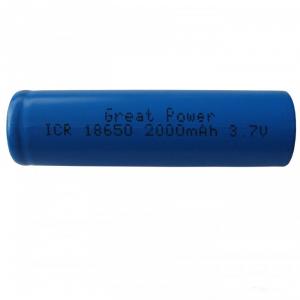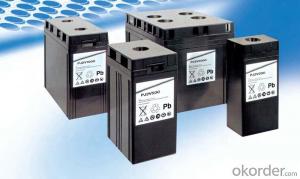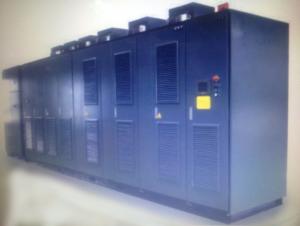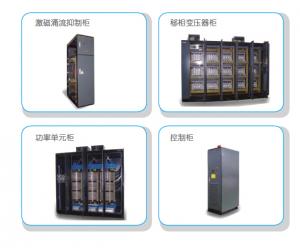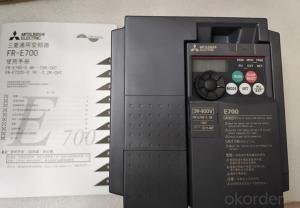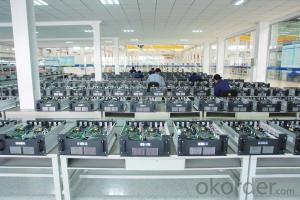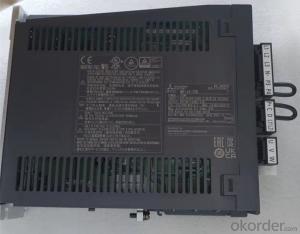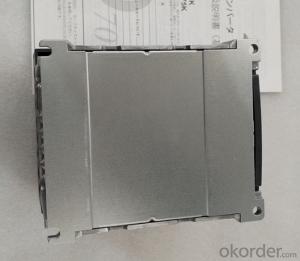2000va Solar Inverter
2000va Solar Inverter Related Searches
2000w Solar Inverter 2000 Watt Solar Inverter Solar 2000 Watt Inverter Solar Inverter 2000w 2000 Watt Solar Power Inverter Solar 2000w Power Inverter Solar 2000 Watt Power Inverter Solar Inverter 2000 Watt Solar Power Inverter 2000w 2000w Solar Inverter Price 200kw Solar Inverter 20kva Solar Inverter 200w Solar Inverter 200 Kw Solar Inverter 200 Amp Solar Inverter 2 Kva Solar Inverter 20kw Solar Inverter 200 Watt Solar Inverter 12000 Watt Solar Inverter 2kva Solar Inverter 20 Kw Solar Inverter 2kw Inverter Solar 2 Kilowatt Solar Inverter 2kw Solar Inverter Solar 2kw Inverter 2 Kv Solar Inverter 2kv Solar Inverter 220v Solar Inverter 2500 Watt Solar Inverter Solar 220v Inverter2000va Solar Inverter Supplier & Manufacturer from China
The 2000VA Solar Inverter is a high-quality product designed to convert solar energy into usable electrical power for various applications. This efficient device is equipped with advanced technology to ensure optimal energy conversion and performance. It is an essential component in solar power systems, making it a popular choice for both residential and commercial use.The 2000VA Solar Inverter is widely used in various scenarios where a reliable and efficient power source is required. It is particularly beneficial in off-grid systems, where it helps to store and utilize solar energy during periods of low sunlight or at night. Additionally, it can be used in grid-tied systems to reduce electricity bills and contribute to a greener environment. The versatility of this product makes it suitable for a wide range of applications, from powering homes and businesses to supporting agricultural and industrial operations.
Okorder.com is a reputable wholesale supplier of the 2000VA Solar Inverter, offering a large inventory to meet the demands of customers worldwide. With a commitment to quality and customer satisfaction, Okorder.com ensures that each 2000VA Solar Inverter is thoroughly tested and inspected before being shipped to clients. This guarantees that customers receive a reliable and efficient product that meets their energy needs and contributes to a sustainable future.
Hot Products




